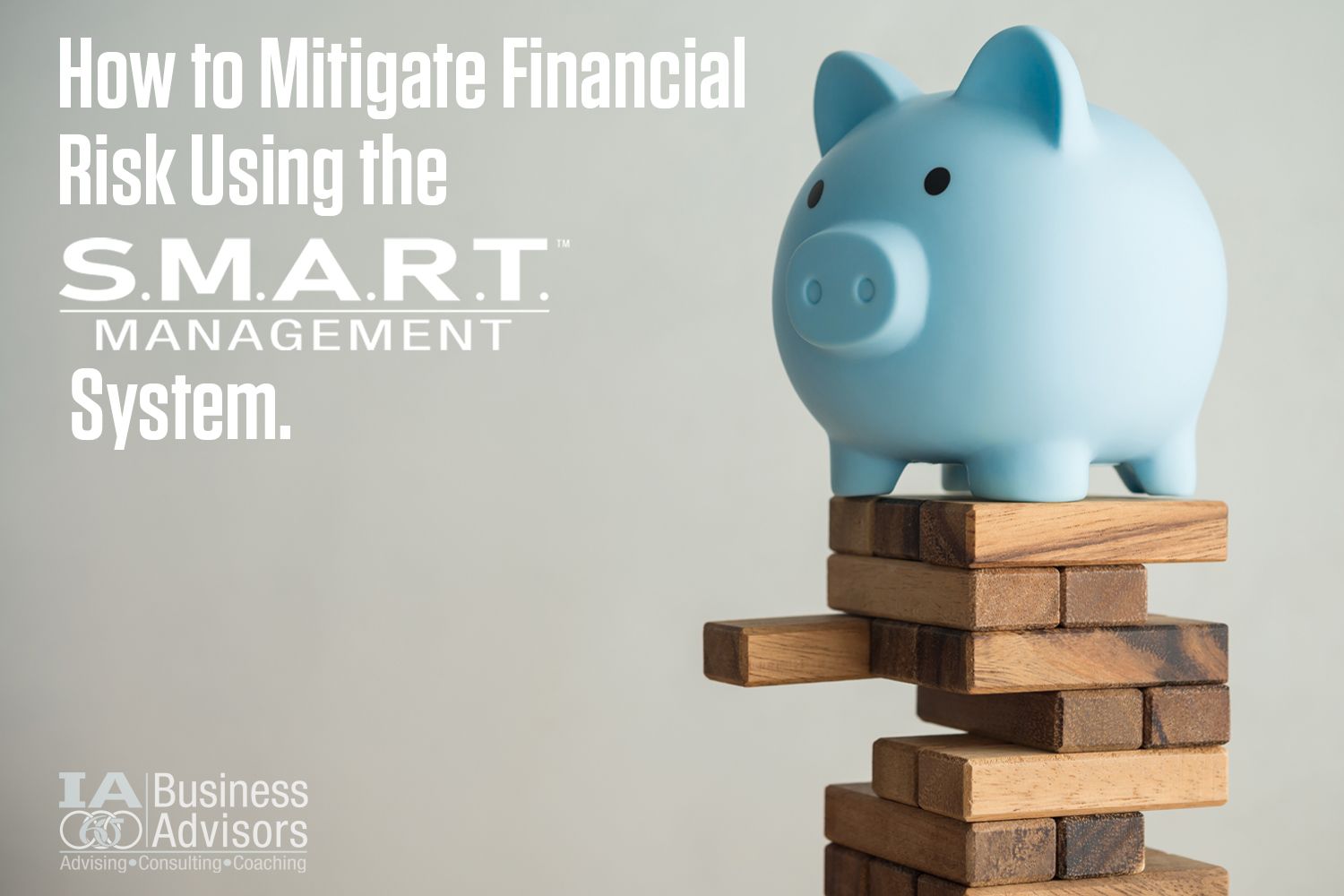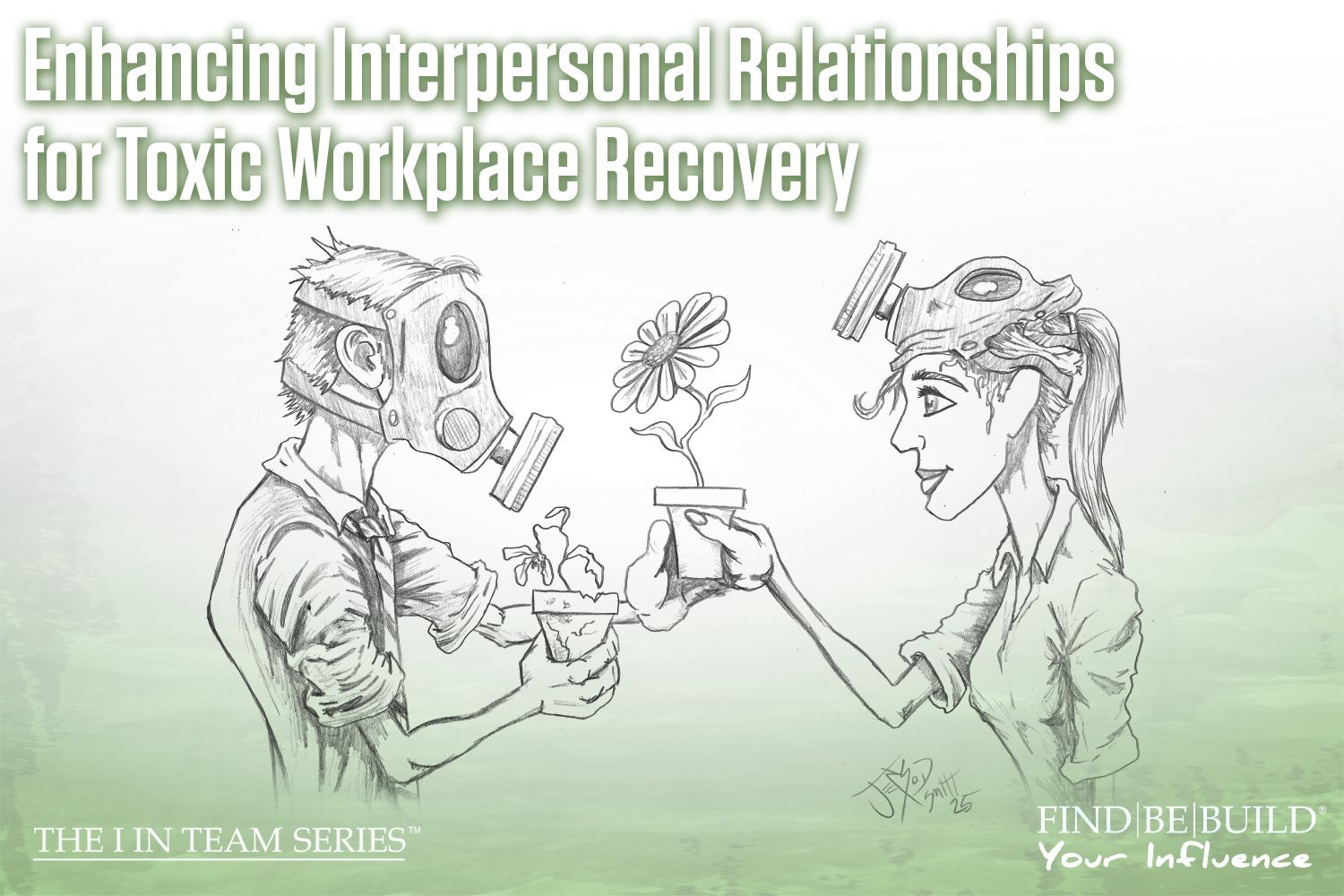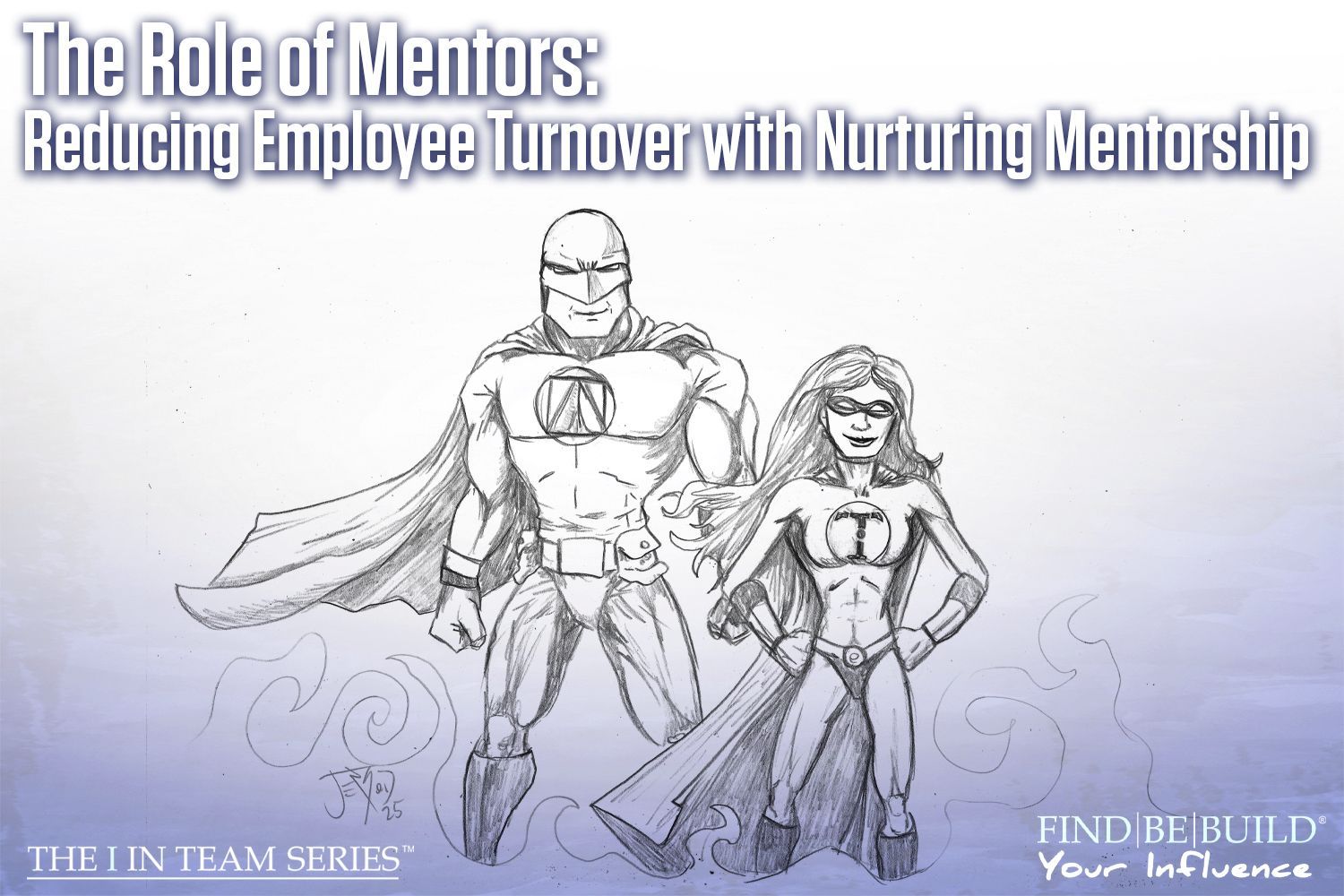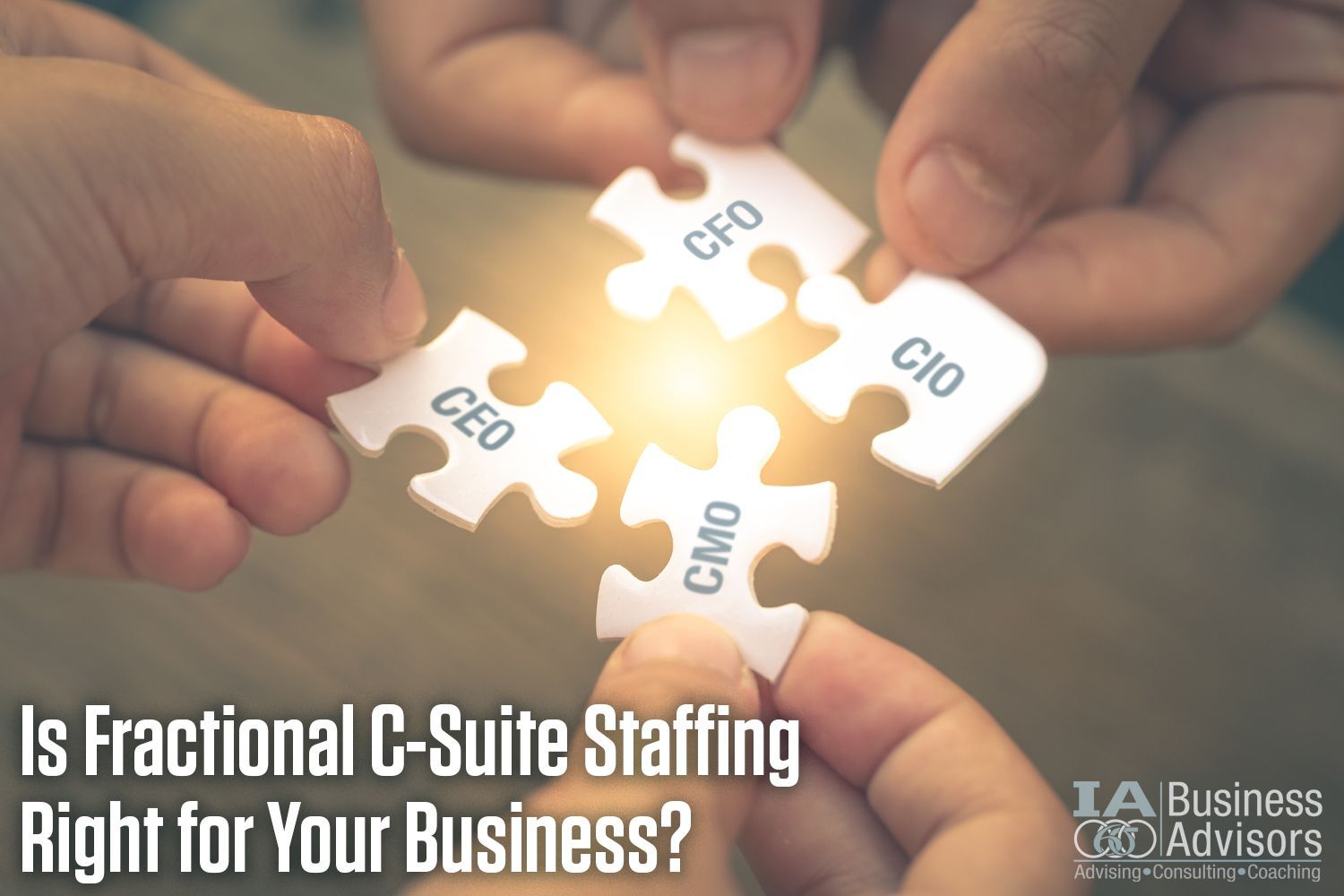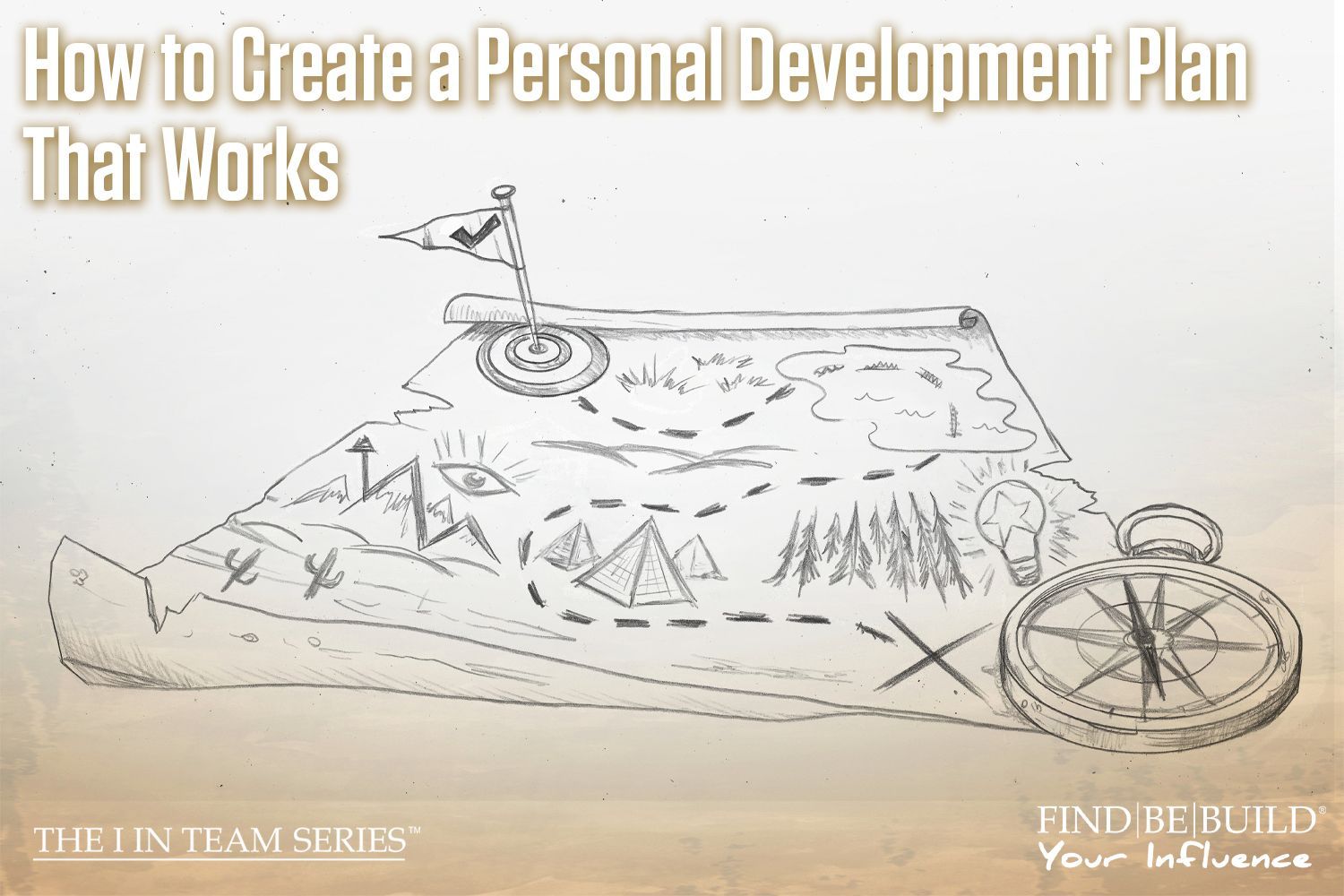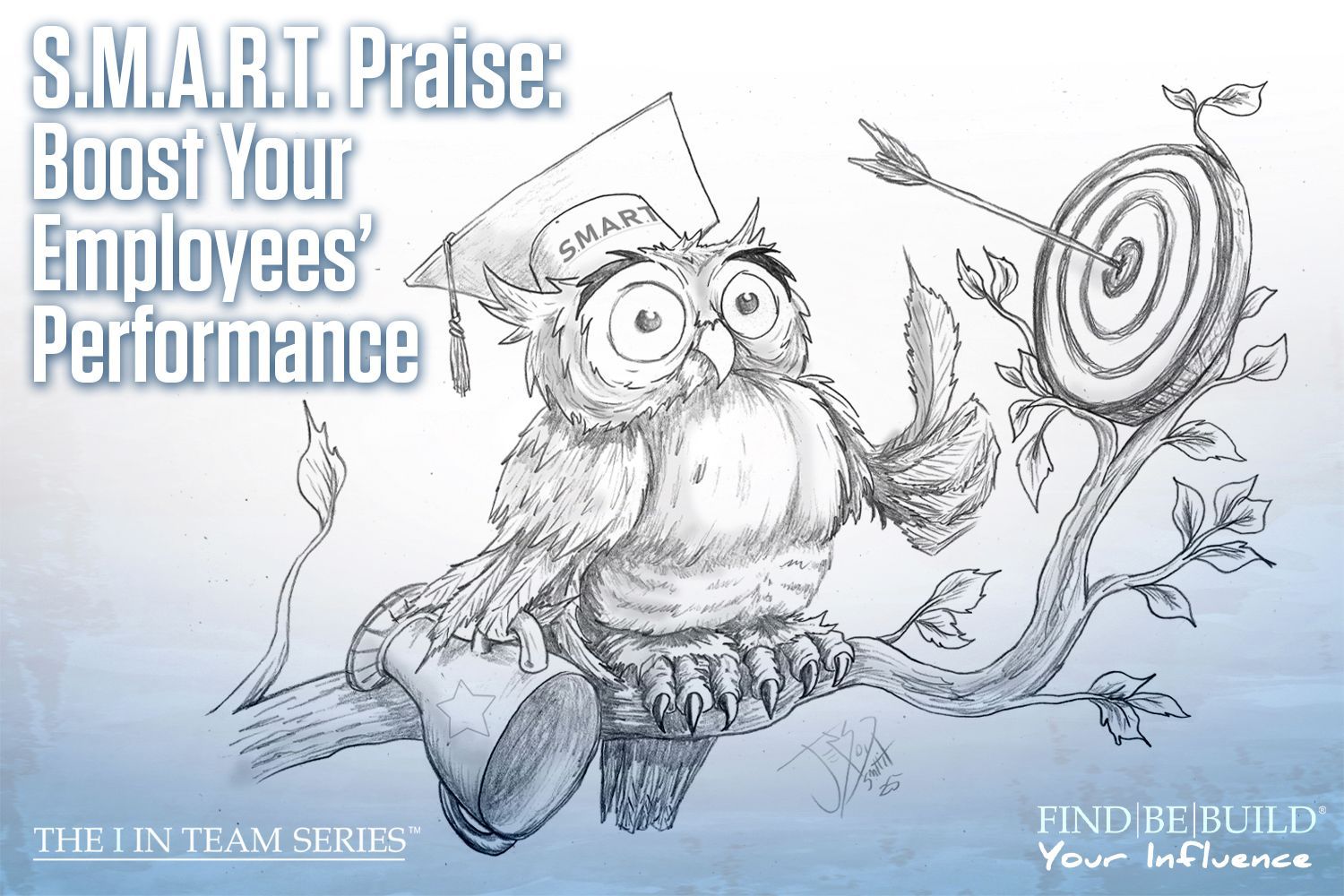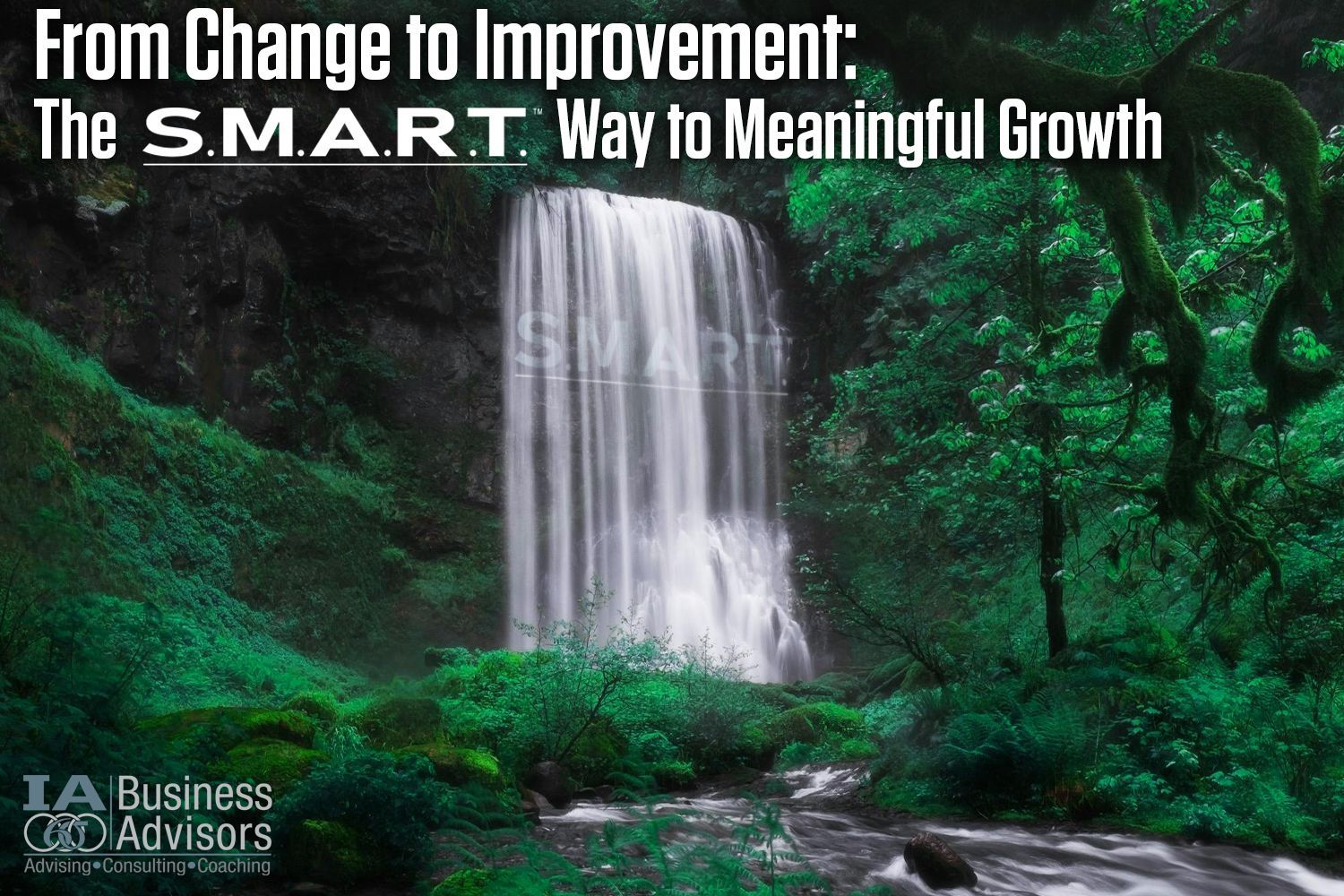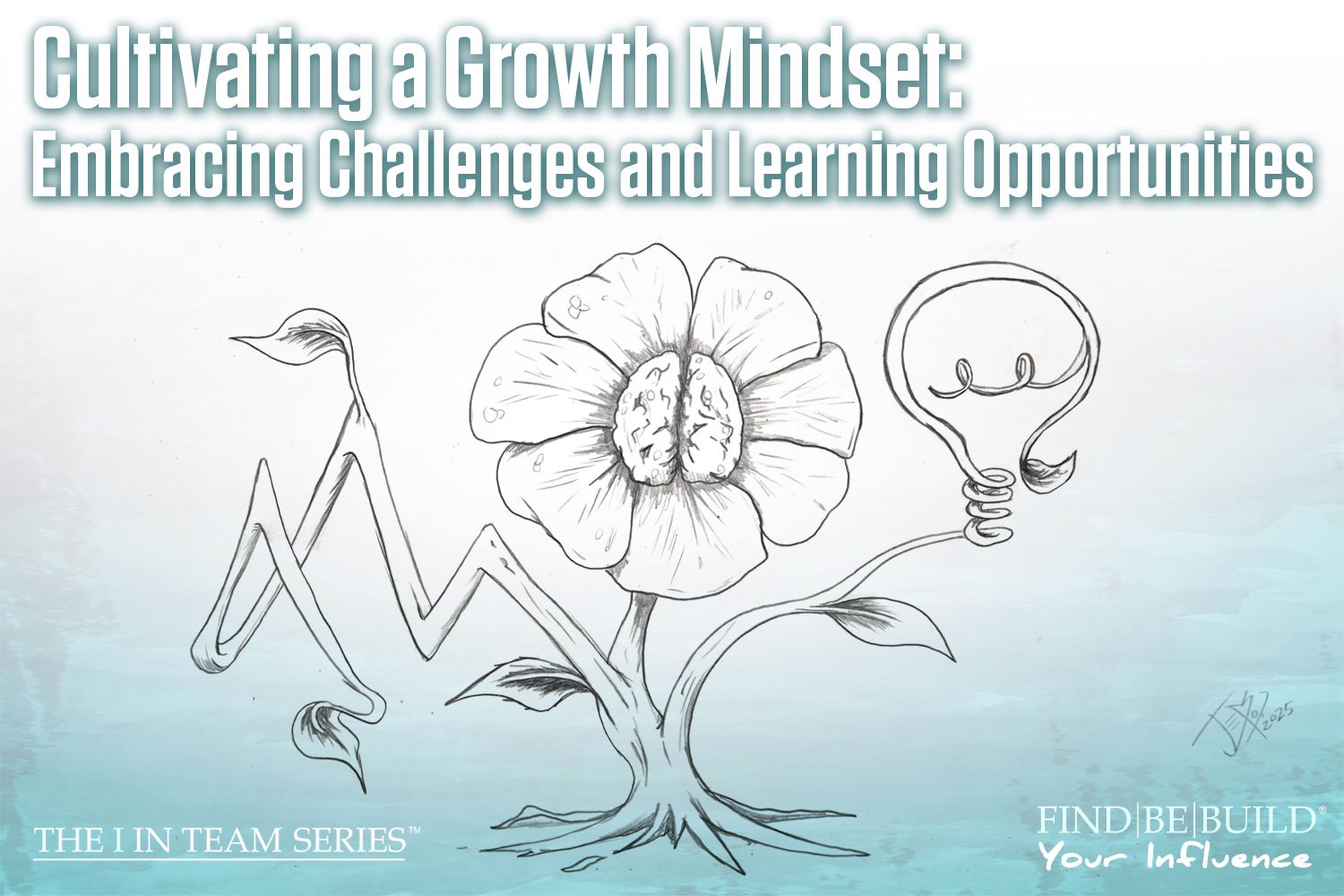Tips for An Environmentally-Friendly Office
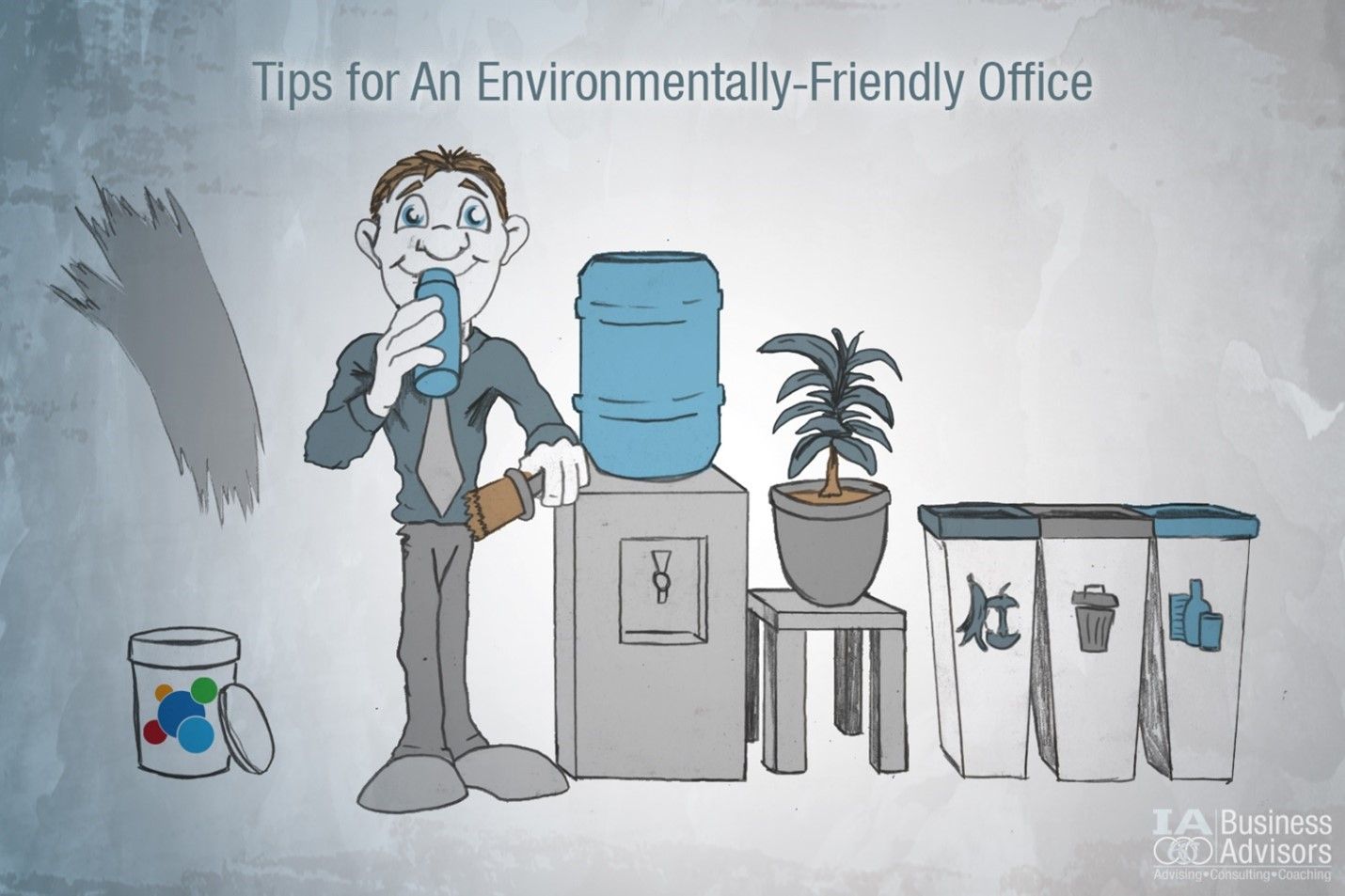
Sustainable business consulting
Creating an office environment that is eco-friendly will take a little bit of work and knowledge, but it will be better for you, your team, and the environment in the long run. Prior to starting your sustainability journey, make sure to have a discussion with your team to go over all of the solutions you will be implementing. It’s important that you are all on the same side so that you can all create an environmentally-friendly office together.
Reduce Waste
There are several ways you can reduce waste in your office. First, implement a BYORB (bring your own reusable bottle) policy. This means that everyone will need to bring a reusable bottle for water, tea, or coffee (whatever they prefer). When people don’t use plastic water bottles or throwaway cups at work, it significantly reduces waste.
If you’re going to implement a BYORB policy, you should also make sure to have reusable utensils for employees to use if you have an eating area or kitchen. Things like plates, bowls, cups, forks, spoons, knives, cooking equipment, and kitchen utensils should all be reusable. This cuts down on waste immensely. If you don’t have enough utensils for, say, an office party, make sure to get compostable utensils that won’t sit in landfills forever.
Bonus Tip: Since you’re going to have reusable utensils for your office, make sure to get biodegradable sponges, dish soap, dishwasher soap, and cloths instead of paper towels to protect the environment further.
Reduce waste in the office by creating separate containers for trash, recyclables, and compost. Make sure to post what is allowed to go into those containers above the containers so your team never has to guess where to put their waste. This will ensure maximum efficiency when disposing waste. Plus, on the topic of recycling, you can recycle electronics instead of throwing them away.
Save Energy
One of the best ways to reduce the energy output in an office environment is to replace all lightbulbs with LED bulbs. LED bulbs only use 2-17 watts of electricity, which is 1/30-1/3 of the energy of incandescent or CFL bulbs. They also save you money since they save electricity, remain cool, and last a long time so they don’t have to be replaced as often. Another way to improve the lighting in your office building is to open the windows and let natural light in when possible.
In the summer months, try to keep the office around 72 degrees or a bit warmer if it’s not too hot for your team. On the other hand, in the winter, try to keep it between 68 and 70 degrees and encourage your team to bring an extra jacket. The last thing you can do to save energy is to unplug electronic devices before leaving. Just because you turn off a device before leaving, doesn’t mean that it’s not using electricity still. When something is still plugged into an outlet, it is constantly using electricity.
Keep Air Clean
One of the best ways to save the environment is to reduce your carbon emissions. There are a few simple ways to do this, but the best way is to paint your office with Activa Coatings. This brand of paint uses a smart-technology called photocatalysis which uses light (natural or artificial) to destroy viruses, bacteria, pollutants, mold, fungi, and odors. You can paint the inside of your office to protect your team from pollutants and you can paint the outside of your office to help the environment purify the air.
Another way to keep the air clean in the office is to invest in a few office plants. Some of the best plants that can reduce carbon emissions and purify the air are: aloe vera, areca palm, baby rubber, bamboo palm, Boston fern, Chinese evergreen, mass cane, pygmy date palm, ficus alii, and gerbera daisy.
Implementing a system to make your office more environmentally friendly will take a little bit of time, but the rewards will be great for you, your team, and our environment. Keep open communication with your team and always brainstorm ideas to make your office more green.
